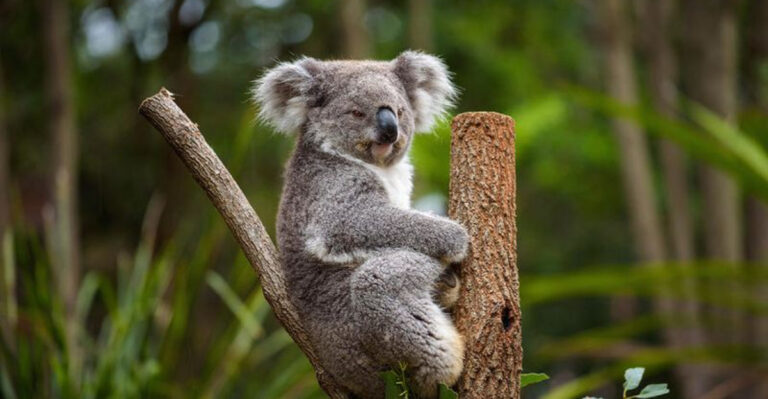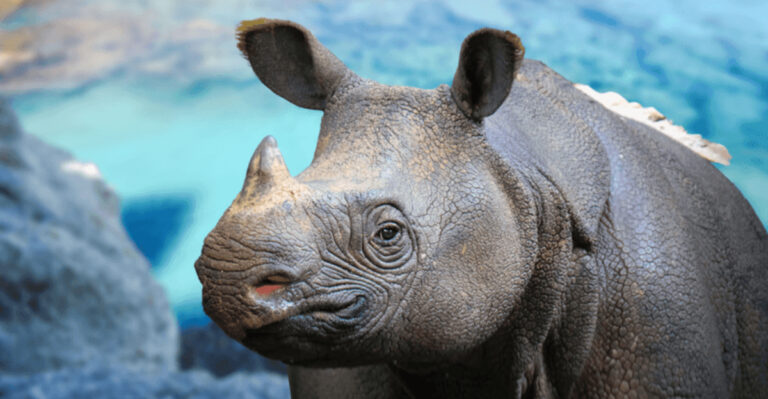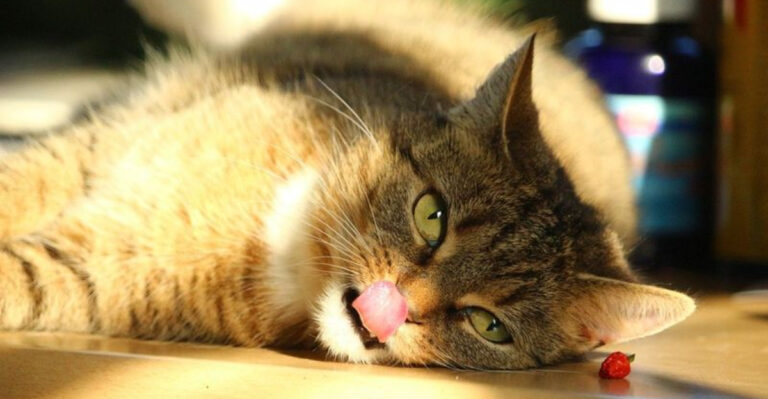Fun Facts About Reptiles That Will Change The Way You See Them
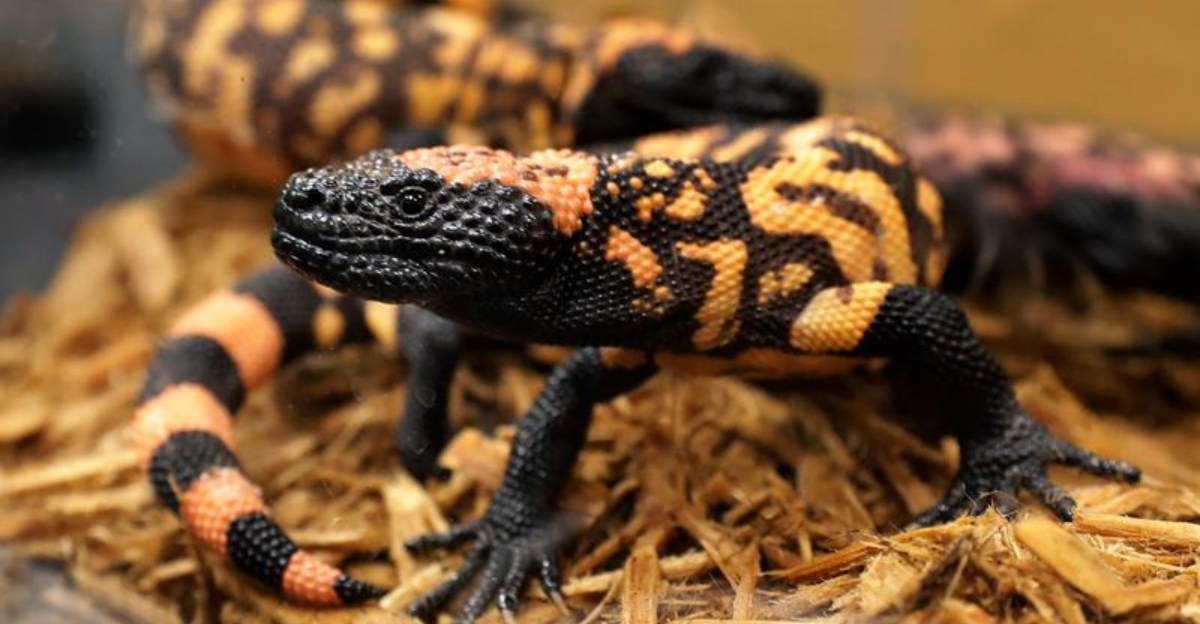
Reptiles often get overlooked, but they’re far more fascinating than you might expect. Beneath those scales are creatures with incredible abilities and strange quirks.
Some can glide through the air, others hold their breath for hours, and a few even change color like pros. These fun facts will have you seeing reptiles in a whole new way!
1. Chameleon’s Color Change
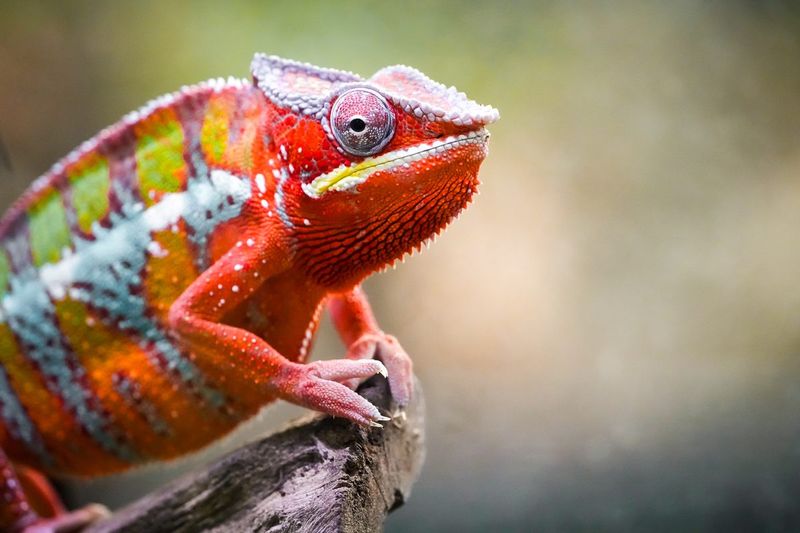
Chameleons don’t just change color to blend in; it’s a mood ring of sorts! Their skin can reflect their emotions, temperature, and even communication signals.
When a chameleon is feeling angry, it might turn a fiery red. These remarkable reptiles have specialized cells called chromatophores that allow for this unique ability.
2. Gecko’s Sticky Feet
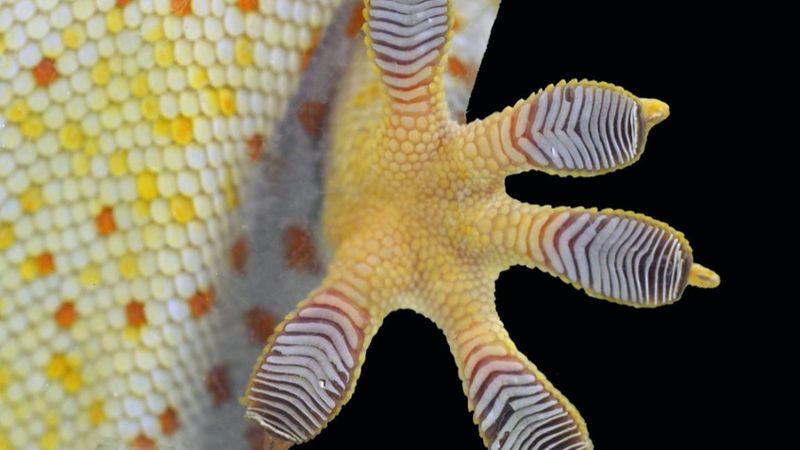
Imagine being able to walk on walls like a superhero! Geckos have toe pads covered with tiny hair-like structures called setae, giving them a superpower grip.
These allow them to scale vertical surfaces effortlessly. It’s not magic, just fascinating physics. Their sticky feet aren’t wet or sticky to the touch, but rather, they use molecular forces to adhere to surfaces. How cool is that?
3. Turtle’s Long Life
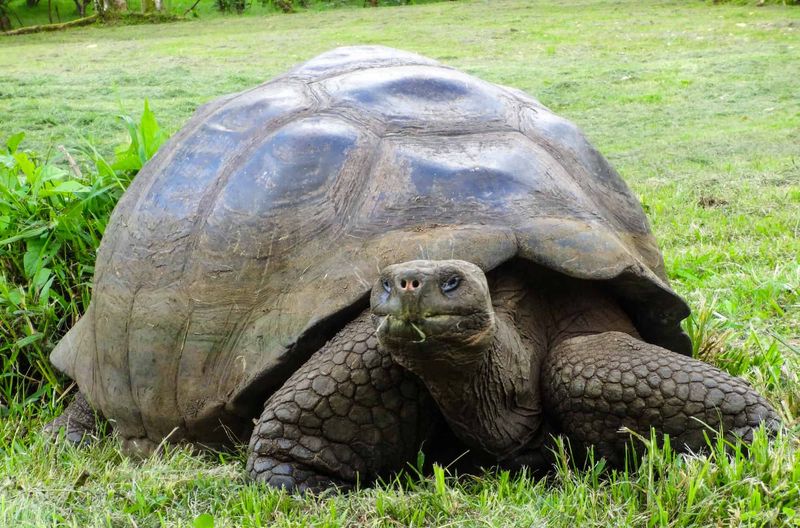
Turtles are known for their slow pace, but did you know they live life in the slow lane for a reason? Some species can live over 150 years!
Their longevity is a result of a slow metabolism and a lifestyle that’s free from stress. They’ve been around since the time of dinosaurs, a true testament to resilience.
4. Crocodile’s Powerful Bite

With the strongest bite of any animal on Earth, crocodiles are nature’s perfect predators. Their jaws can exert a force of over 3,700 pounds per square inch.
But there’s a twist: their jaw-opening muscles are surprisingly weak. So, while they can crush bones with ease, a simple rubber band can keep their mouths shut.
5. Snake’s Sensing Tongue
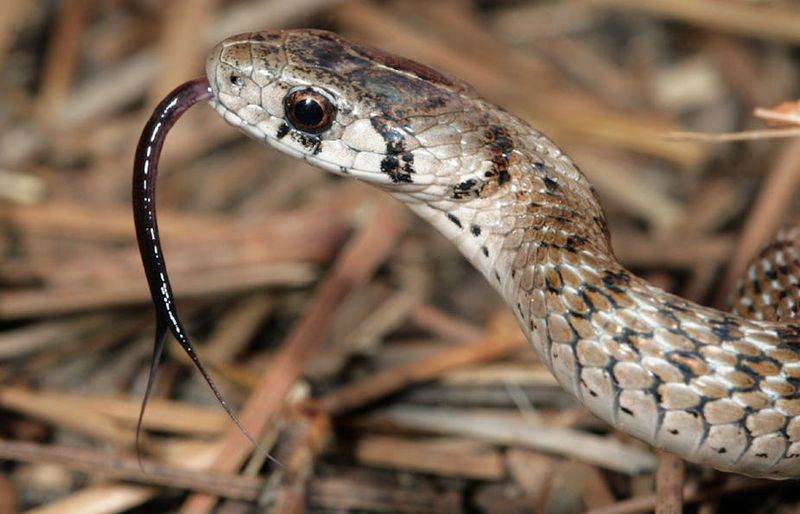
Snakes have a unique way of ‘tasting’ the air to locate prey. Their forked tongues sample particles from the air, which are then analyzed by the Jacobson’s organ.
It’s like having a built-in GPS system. This fascinating sensory adaptation makes them efficient hunters.
Who knew a simple tongue flick could reveal so much about the world around them?
6. Komodo Dragon’s Venom
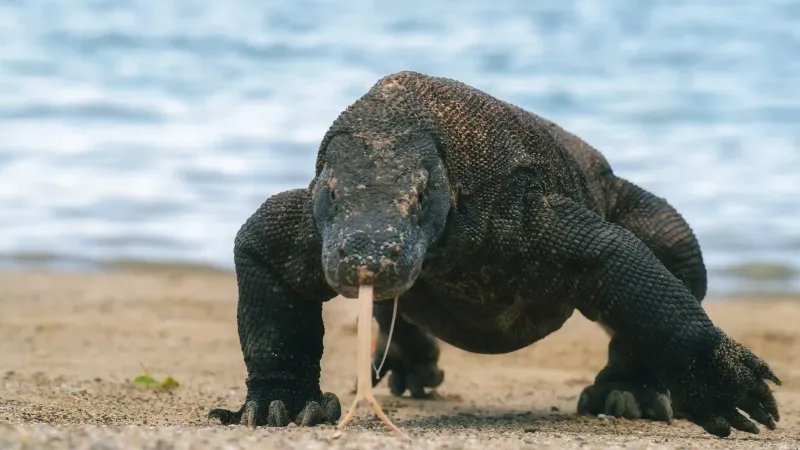
The Komodo dragon is not just a giant lizard; it’s a venomous one too! These fearsome creatures have venom glands loaded with toxins that cause blood clotting issues in their prey.
A bite from a Komodo is a slow and painful process for its victim. This ancient predator uses its unique venom to take down animals much larger than itself, highlighting the power of evolution.
7. Iguana’s Third Eye
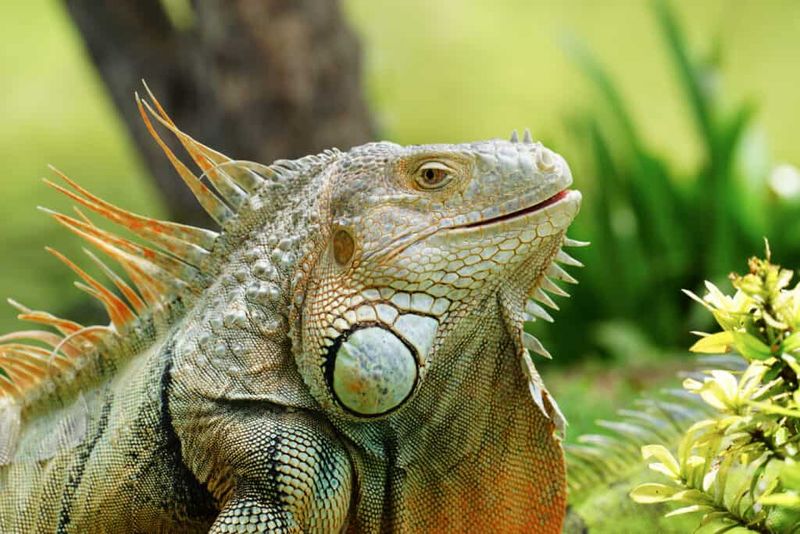
Did you know some iguanas have a ‘third eye’? This small, light-sensitive eye on top of their heads helps them detect changes in light and shadows.
It’s not used for vision, but rather as a sentinel against predators. This evolutionary feature is like having a built-in watchtower, alerting them to danger from above.
8. Gila Monster’s Poison
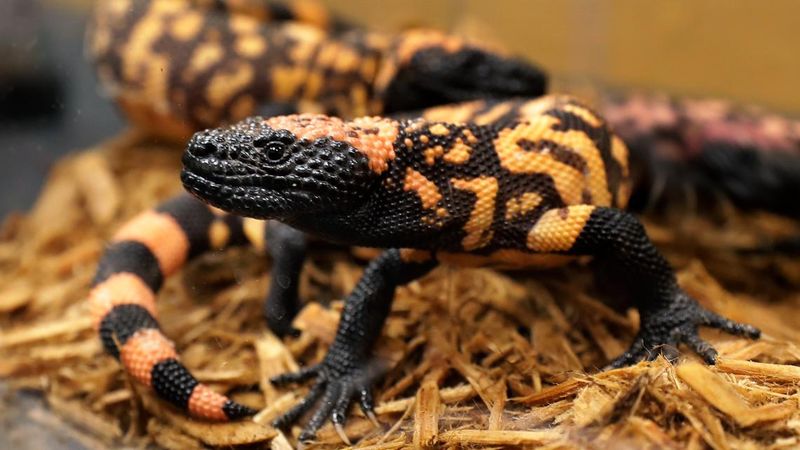
The Gila monster is one of the few venomous lizards in the world. Its venom isn’t just for hunting; it’s a potent defense mechanism.
Interestingly, their venom has been studied for medical uses, including diabetes treatment. These colorful lizards are a testament to nature’s duality – fatal yet life-saving.
9. Anole’s Tail Regeneration
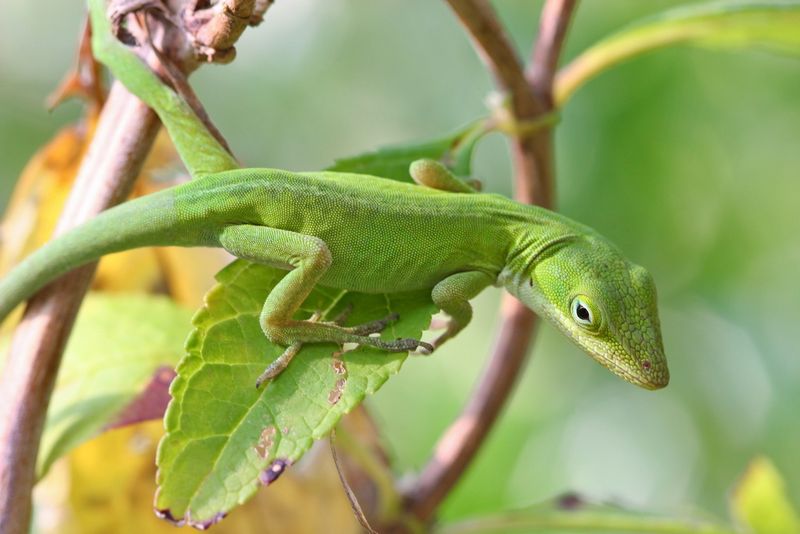
Anoles come with a built-in backup plan – lose a tail, grow a new one. This clever survival trick, called autotomy, lets them break off their tails to escape danger.
It’s like nature’s version of a quick-release button. While regrowing a tail takes energy, it’s a smart trade-off for staying alive.
10. Alligator’s Gender By Temperature

In the world of alligators, the temperature of a nest decides more than just comfort – it determines gender. Warmer nests lead to male hatchlings, while cooler ones produce females.
It’s a natural twist where climate plays matchmaker. This unique trait shows just how finely tuned reptiles are to their environment.
11. Crocodile’s Parental Care
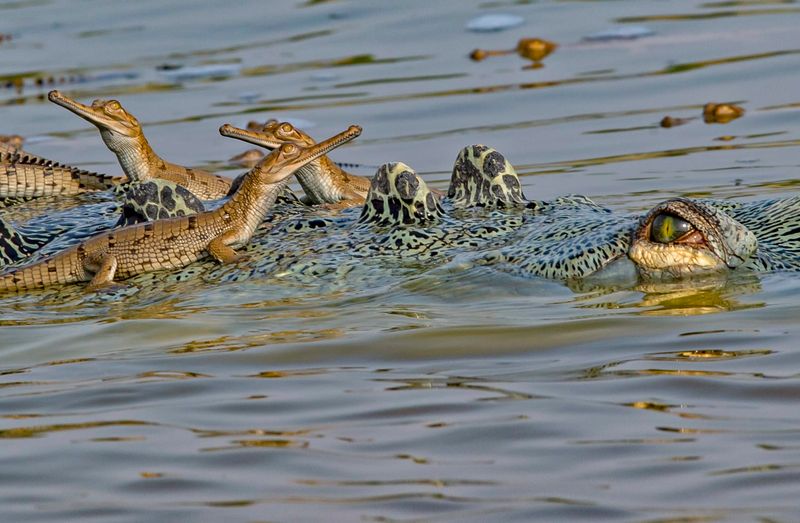
Crocodiles are known for their fearsome nature, but they’re surprisingly attentive parents. The mother carries her hatchlings to water in her mouth, safeguarding them from danger.
This tender care ensures the survival of the next generation. It’s a touching contrast to their otherwise fearsome reputation, revealing a softer side to these ancient giants.
12. Snake’s Infrared Vision
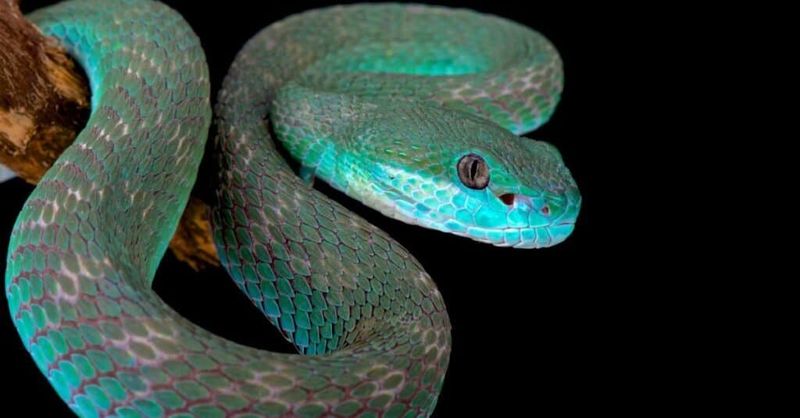
Some snakes, like pit vipers, have the extraordinary ability to ‘see’ heat. They possess pit organs that detect infrared radiation, allowing them to sense warm-blooded prey in total darkness.
This thermal vision is an incredible adaptation, turning them into nocturnal hunters. It’s a perfect example of evolution’s ingenuity, equipping these reptiles with tools that seem straight out of a sci-fi movie.
13. Tortoise’s Navigational Skills
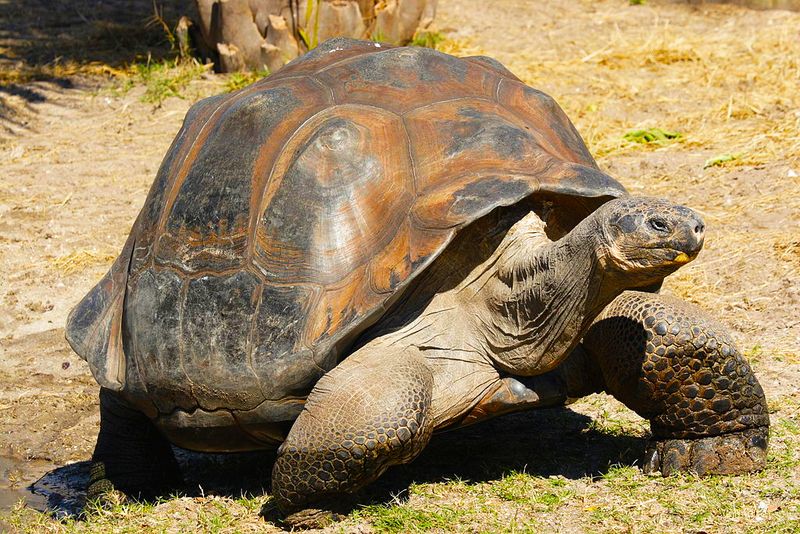
Tortoises are not just slow movers; they’re navigational experts. They possess an innate ability to find their way home, even across long distances.
Scientists believe this skill is linked to the Earth’s magnetic fields. It’s as if they have a natural compass built into them.
14. Snake’s Concertina Movement
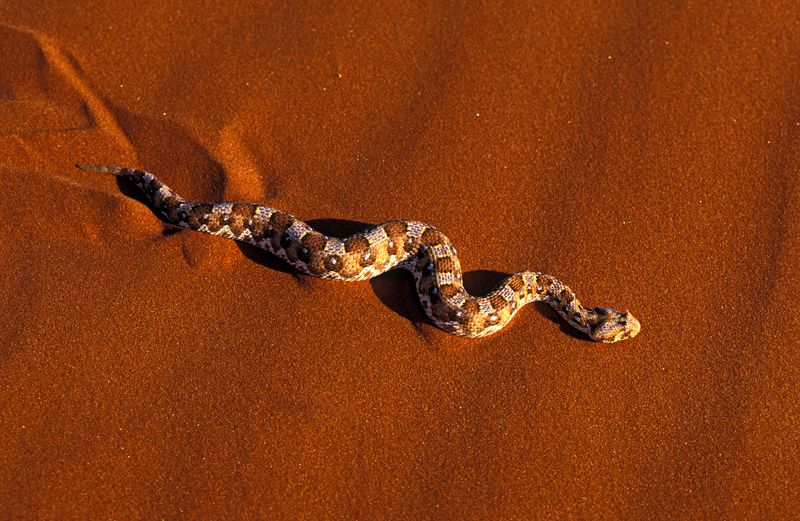
Some snakes slither with a unique concertina movement, allowing them to traverse challenging terrains. This accordion-like motion is perfect for navigating burrows or narrow passages.
It’s a remarkable adaptation that showcases their flexibility and strength. Watching a snake move in this rhythmic manner is like a dance with nature, smooth and purposeful.
15. Caiman’s Unique Vocalizations
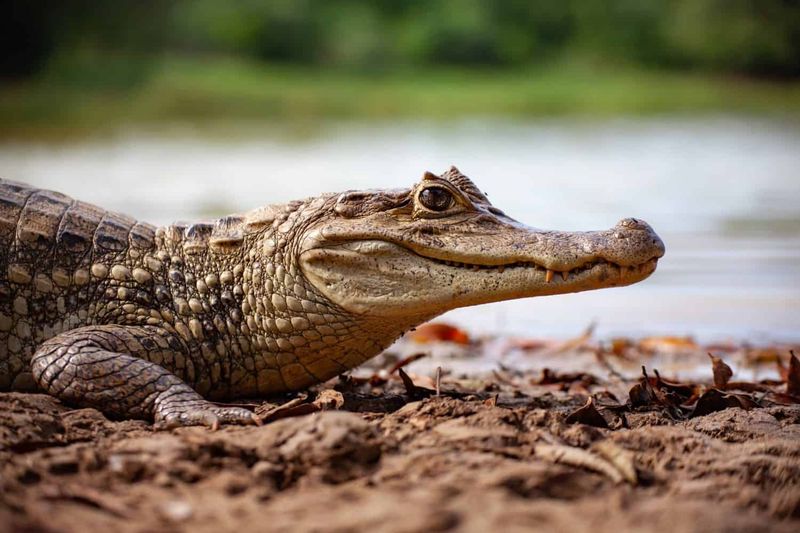
Caimans are not just silent predators; they’re quite chatty too. These relatives of alligators use a range of vocalizations to communicate.
From growls to bellows, these sounds play a crucial role in mating and territorial disputes. Their vocal repertoire is like a language of the wild, echoing through their lush riverine habitats.
16. Monitor Lizard’s Intelligence
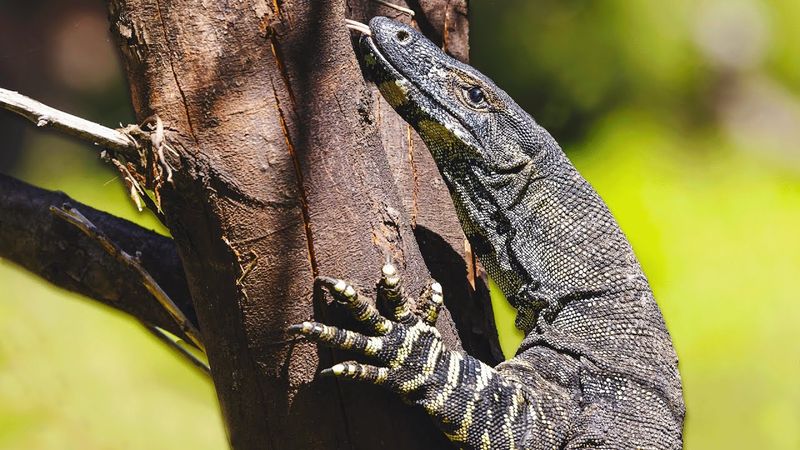
Monitor lizards are the brainiacs of the reptile world. Known for their problem-solving abilities, they’ve been observed using tools and exhibiting clever behaviors.
This intelligence makes them formidable hunters and adaptable survivors. It’s as if they possess a reptilian version of cunning wit, navigating their environment with a sharp focus.
Who knew reptiles could be such thinkers?
17. Lizard’s Bizarre Blood Defense

When danger strikes, some horned lizards have one of the strangest defense moves in the animal kingdom – they squirt blood from their eyes. This dramatic tactic can shoot up to three feet, surprising predators and giving the lizard a chance to escape.
The blood contains chemicals that taste bad to certain attackers, especially canines. It’s weird, a little gross, but undeniably effective in the wild.



